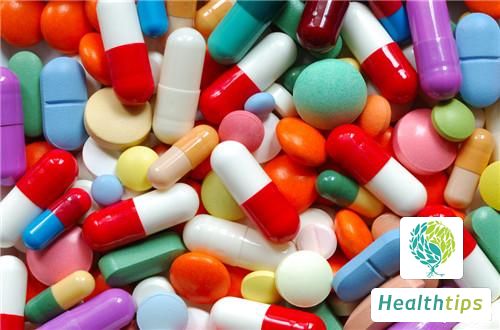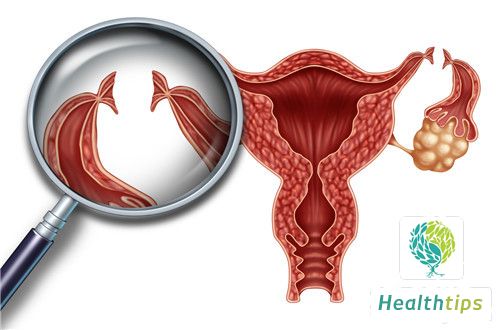What Are the Types and Mechanisms of Action of Antibiotics?
Antibiotics can be classified based on their therapeutic effects and chemical structures. Common antibiotics include lincomycin, peptides, macrolides, aminoglycosides, tetracyclines, etc. Their mechanism of action primarily involves inhibiting the synthesis of folate, protein, and bacterial cell walls to achieve antibacterial effects.

1. Beta-lactam antibiotics, represented by penicillin and cephalosporins.
2. Aminoglycoside antibiotics, represented by gentamicin and amikacin.
3. Macrolide antibiotics, represented by erythromycin, azithromycin, and clarithromycin.
4. Tetracycline antibiotics, including tetracycline and oxytetracycline.
5. Lincomycin antibiotics, including clindamycin and lincomycin.
6. Peptide antibiotics.
7. Antifungal antibiotics.
Antibiotics are substances produced by various microorganisms that can inhibit the growth of other microorganisms and ultimately eliminate them. They include natural antibiotics and semi-synthetic antibiotics. The mechanism of action of antibiotics primarily involves interfering with the physiological functions and biochemical metabolism of pathogenic microorganisms to produce antibacterial effects. The mechanisms mainly include:
1. Inhibiting the synthesis of bacterial cell walls, mainly through beta-lactam antibiotics.
2. Changing the permeability of bacterial cell membranes, primarily achieved by polymyxin antibiotics.
3. Inhibiting or interfering with bacterial cell protein synthesis, including aminoglycosides, tetracyclines, macrolides, etc.
4. Inhibiting bacterial nucleic acid synthesis, primarily achieved by quinolones.
5. Blocking the synthesis of folate, primarily achieved by sulfonamides.



















